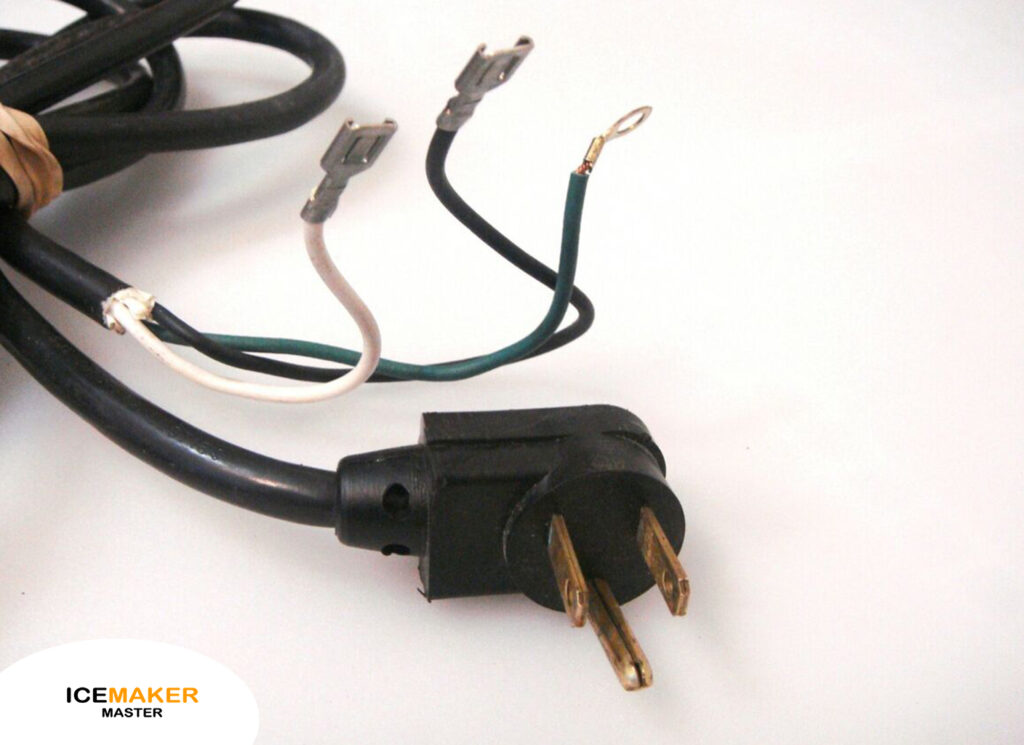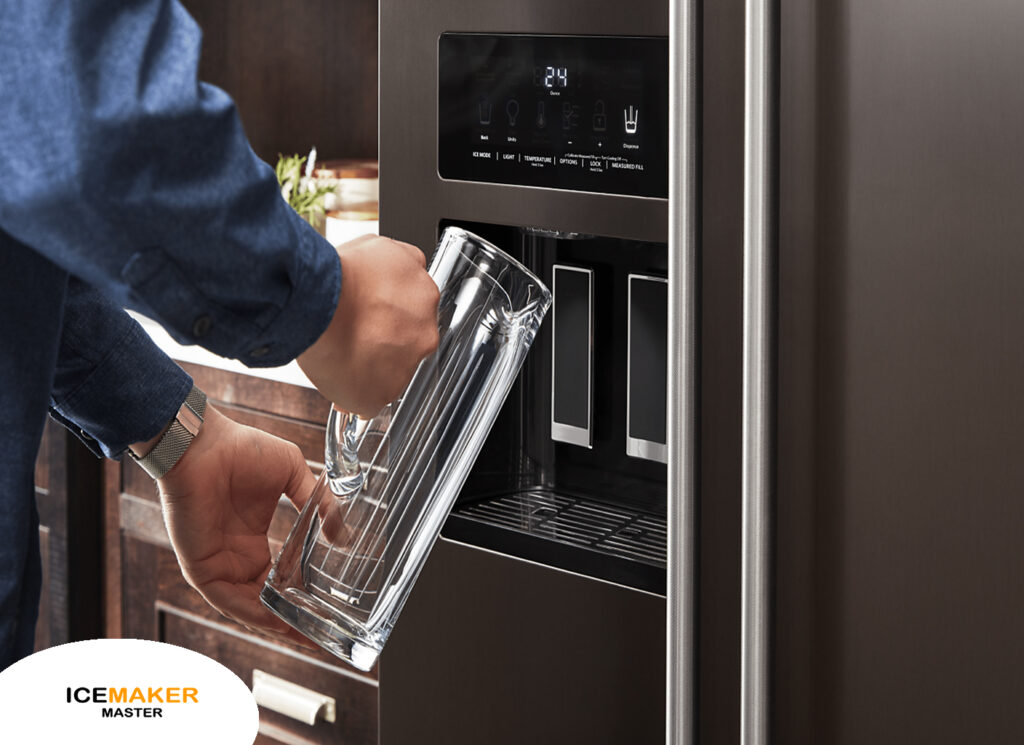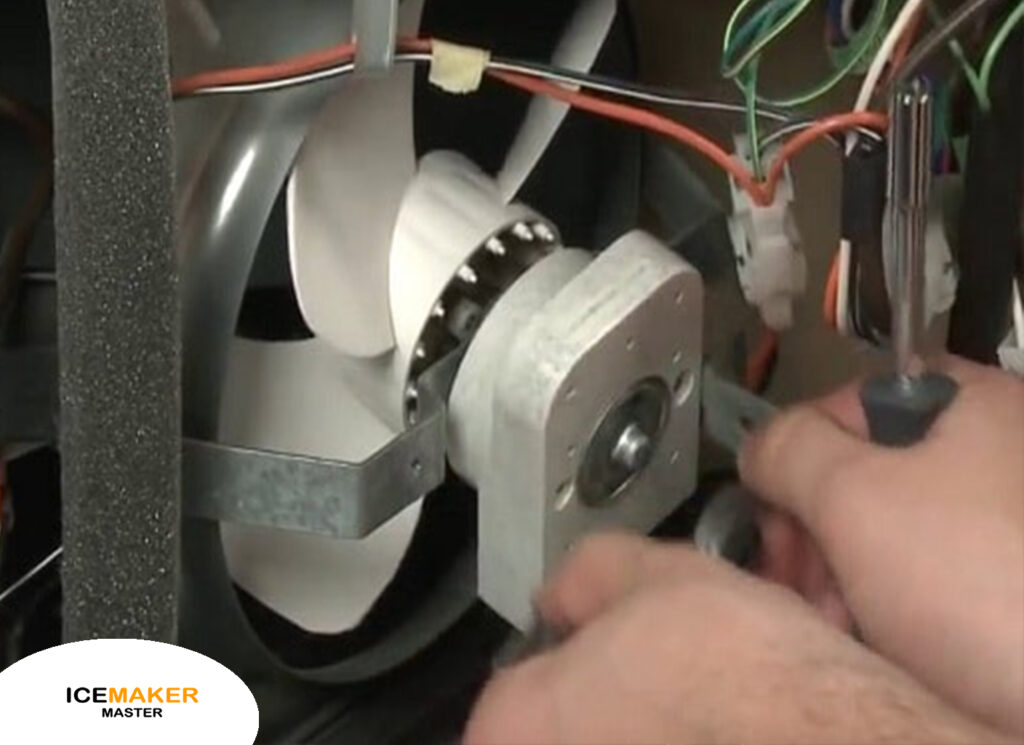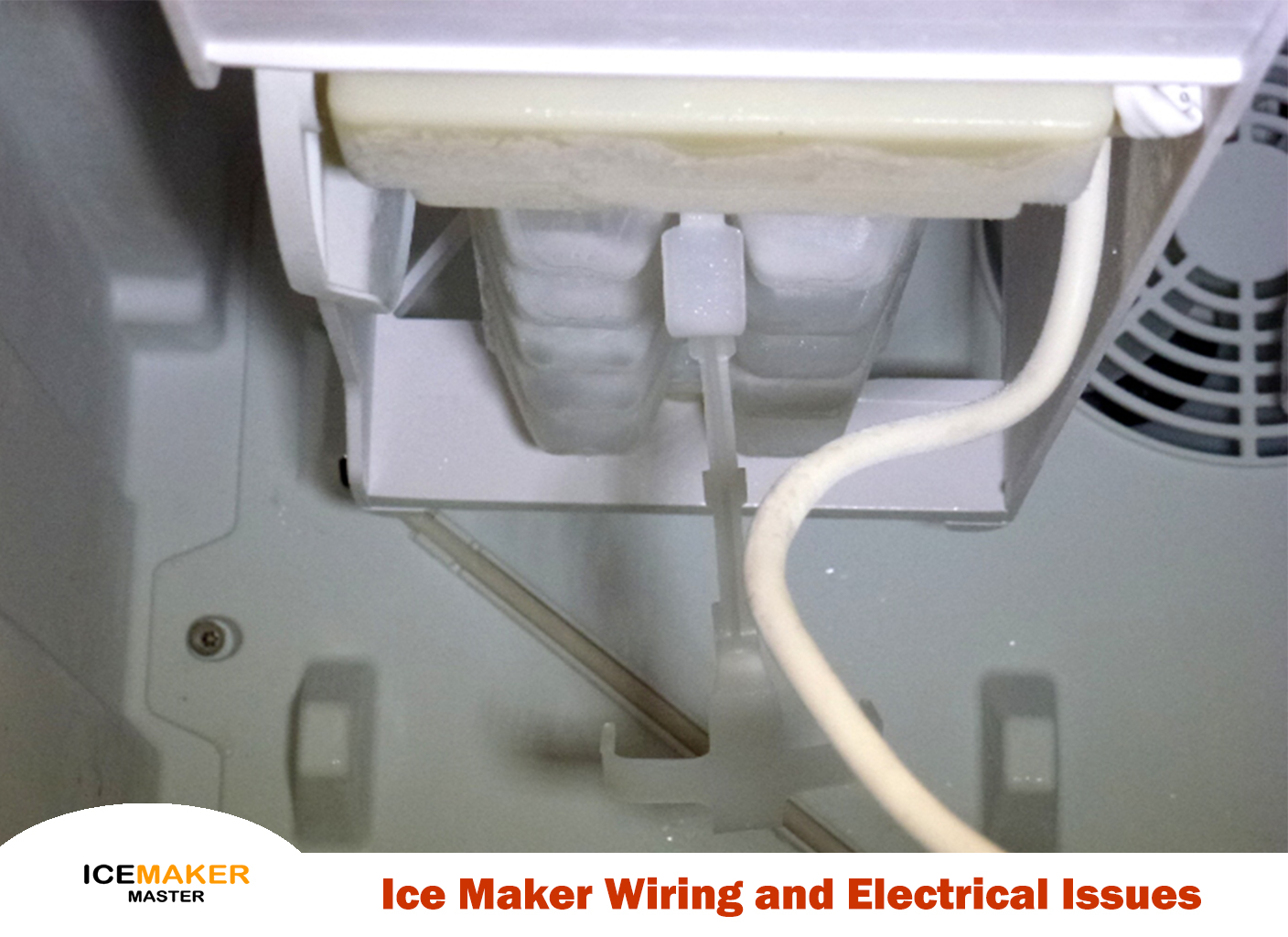Nowadays ice makers are one of the most common appliances in households. In summer ice makers are necessary if you want ice or cold water or beverages. However, there are times when the ice makers have issues with their wiring. In this blog, we will talk about the ice maker wiring and electrical issues.
Ice makers have revolutionized the way we enjoy cold drinks and how we preserve food. These machines are found in both homes and businesses and operate through intricate wiring and concealed components. In this blog, we will talk about the ice maker’s electrical systems and wiring problems.
Understanding the wiring and electrical systems of ice makers is important for homeowners, business operators, and service technicians. This knowledge will help you troubleshoot common malfunctions and maintain these appliances for unwavering performance.
Mainly there are four common malfunctions by which we can tell that there is an issue in the wiring in the ice maker. There are more wiring issues which are major issues in the ice maker and for that, you have to take the assistance of a professional.
No Power to the Ice Maker
If your ice maker is not responding completely or not producing any ice then there can be some electrical or wiring issues. For these issues, there can be several reasons such as wiring issues within the ice maker, a disconnected power source, or a faulty electrical outlet.

To solve this wiring and electrical issue you have to start by verifying the power source. Make sure that the ice maker is correctly connected to a working electrical outlet, and for confirmation that the outlet is working, plug in another appliance to test the outlet’s functionality.
After that, closely examine the ice maker’s power cord for any signs of damage or frayed wires, and if any issues are detected, replace the cord promptly to prevent electrical hazards.
If the power cord and outlet are both in good condition and the ice maker remains unresponsive, you have to check its internal wiring.
In this case, take the help of the manufacturer’s user manual for guidance on troubleshooting the internal wiring, it will guide you according to the model of your ice maker. If the issue persists, or if you’re not comfortable with this level of repair, it’s highly recommended to seek professional assistance from a technician who can perform a more in-depth diagnosis and repair, ensuring your ice maker operates efficiently and safely.
Learn more about power issues in ice maker here.
Ice Maker Overflows or Leaks
If your ice maker is making excessive ice or water leaks from the ice maker unit there can be several reasons for that issue. The primary reasons for this issue are a faulty water valve or the water inlet line issue.
However, there can wiring problems in the water control of the ice maker. Sometimes due to wiring issues in the water control, it starts making excessive ice.

To solve this water issue you have to follow a systematic approach. First, you have to inspect the water inlet valve for any visible damage or clogs that might obstruct water flow into the ice maker; if you find issues, replace the valve to restore the proper water supply.
After that, verify that the water pressure going into the ice maker falls within the manufacturer’s recommended range. If it is not falling in the range of the manufacturer’s range then adjust the water supply valve, and ensure the correct pressure.
If these are not the issue then there must be a wiring issue and for that, scrutinize the wiring connections associated with the water valve, as loose or damaged wires can disrupt the flow of water to the ice maker.
If any wiring issues are detected, either securely reconnect the wires or replace the wires if they are not in good condition because proper electrical connections are crucial for the water control system to function effectively.
Ultimately resolving your ice maker’s water-related concerns and ensuring its smooth operation.
Also Read - Why is my ice maker not working? : Troubleshooting tips for your ice maker and make it work again.
Ice Maker Not Filling with Water
If your ice maker is not producing ice cubes or started making small ice cubes or no water is entering the ice maker’s tray.
Then there must be several reasons for this such as a frozen water line or fault in the water inlet valve. If these are not the issue then there must be wiring problems associated with water flow. These issues are common in the ice maker.
To solve this issue you have to follow a comprehensive troubleshooting process. Firstly, you have to ensure that the water supply to the ice maker is not obstructed and functioning correctly because a blocked supply can lead to reduced or no ice production.
Then closely inspect the water inlet valve for any signs of damage or clogs that could affect water flow in the ice maker. If any problems are identified, you have to replace the valve to restore the proper water supply.

Additionally, if the water line leading to the ice maker becomes frozen, gently defrost it using a hairdryer, and make sure to insulate it properly to prevent your ice maker from future freezing issues.
If these are not the issue then there must be the wiring issue in the ice maker. Examine the wiring connections to both the water inlet valve and the ice maker control board.
If you find any loose or damaged wires then that can disrupt the water flow and overall functionality of the ice maker. If any new issues are discovered during this process, address them promptly to ensure your ice maker’s proper operation and a consistent supply of ice.
Ice Maker Motor or Fan Issues
If your ice maker is making unusual noise or the production of ice of slow or inconsistent then there are several reasons for that issue.
There are two main reasons for this issue, first is the failure of the motor or fan of the ice maker and the second reason is a problem in the wiring which is affecting the motor or the fan of the ice maker.
To solve this issue you have to follow a systematic approach. First, listen carefully for any unfamiliar noises emanating from the ice maker, as these can often indicate problems with the motor or fan components.
If the source of the noise is indeed the motor or fan then it is necessary to replace them to restore normal operation.

After that, inspect the wiring associated with the motor and fan components. Loose or damaged wires can significantly impact their performance, and it’s vital to ensure that all electrical connections are secure and in good condition.
A thorough wiring inspection can often identify and resolve issues without the need for component replacement, ultimately ensuring that your ice maker operates smoothly and quietly, producing ice as expected for your convenience.
FAQ
My ice maker is not working at all. What should I check first?
If your ice maker is not working then begin by checking the power source. Make sure your ice maker is properly plugged into a functional electrical outlet. If the outlet is fine and the ice maker remains unresponsive, inspect the power cord for damage. If the power cord and outlet are in good condition, consider internal wiring issues.
What should I do if my ice maker motor or fan is making unusual noises?
If you hear strange sounds from the ice maker’s motor or fan, it might indicate internal problems. Replace these components if the noise continues. Make sure the wiring leading to the motor and fan is secure and undamaged, as loose wires can cause noise and performance issues.
What are common signs of wiring issues in an ice maker?
Common signs of wiring issues in the ice maker include erratic or intermittent operation, unusual noises, or a complete lack of functionality. Loose, damaged, or frayed wires can disrupt electrical connections and affect the ice maker’s performance.
What tools do I need to troubleshoot ice maker wiring and electrical problems?
Basic tools you need include a multimeter to check for electrical continuity and voltage, a screwdriver to access internal components, and pliers for securely fastening or reattaching wires.
Is it possible to prevent ice maker wiring and electrical issues through maintenance?
Regular cleaning and maintenance of your ice maker can help prevent some electrical problems. Keep the unit clean, check for loose wires, and periodically inspect the water inlet valve and other electrical connections.
Conclusion
Fixing ice maker wiring and electrical problems may pose a challenge, but following the steps given above usually resolves common issues. If electrical work makes you uneasy or problems persist, seek professional assistance. The user manual can provide specific appliance details. Regular maintenance and attentiveness to wiring and electrical components can increase your ice maker’s lifespan and maintain a constant ice supply for your beverages.

